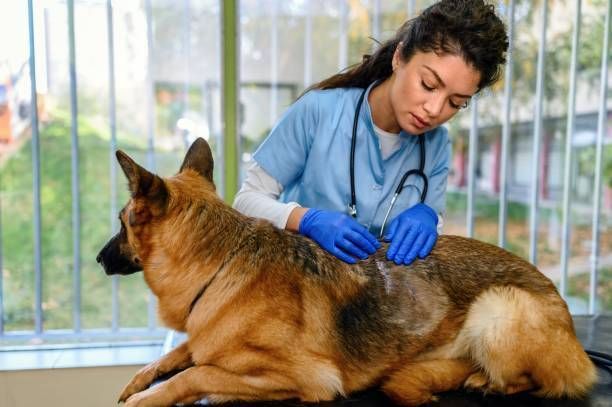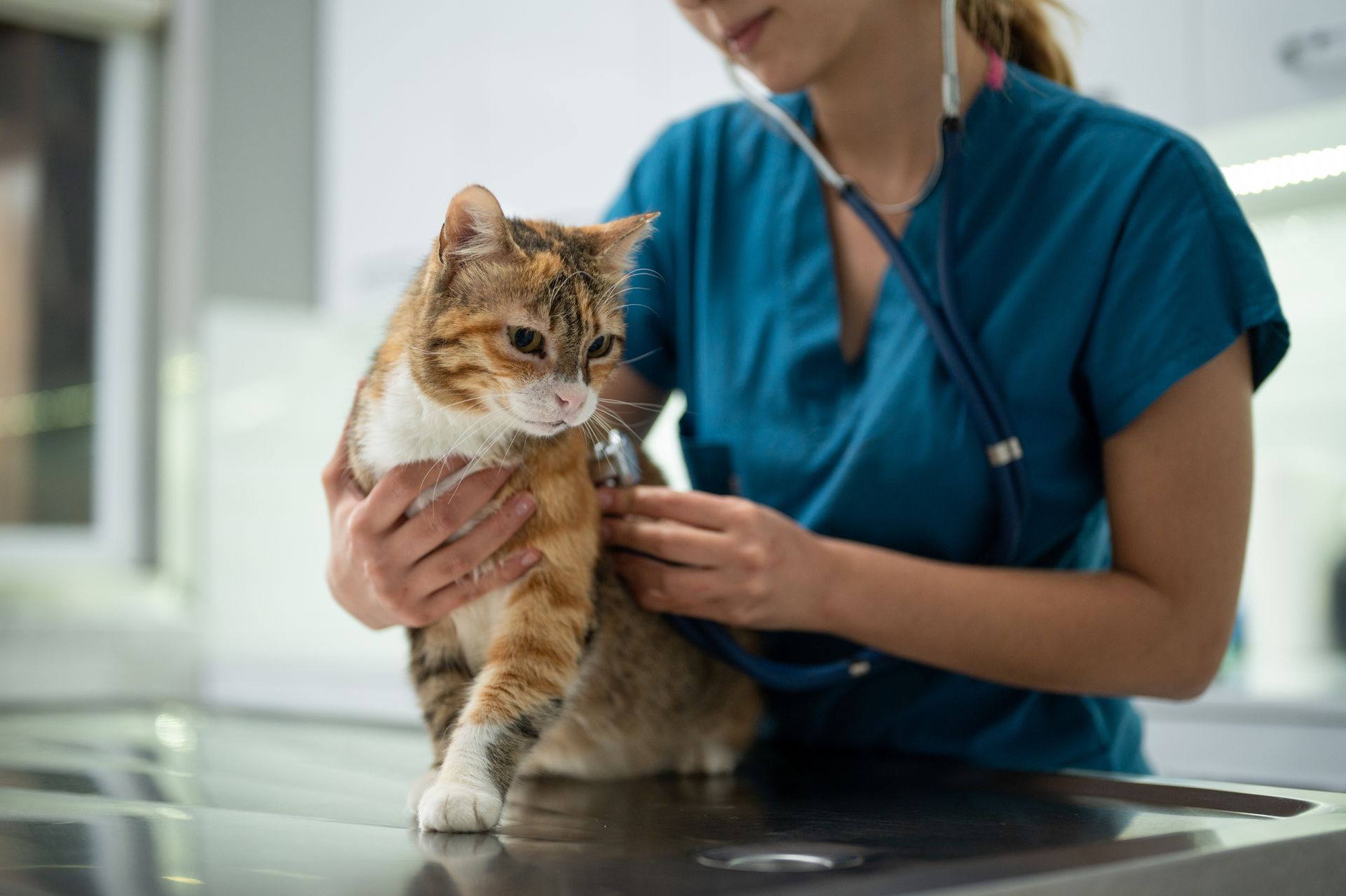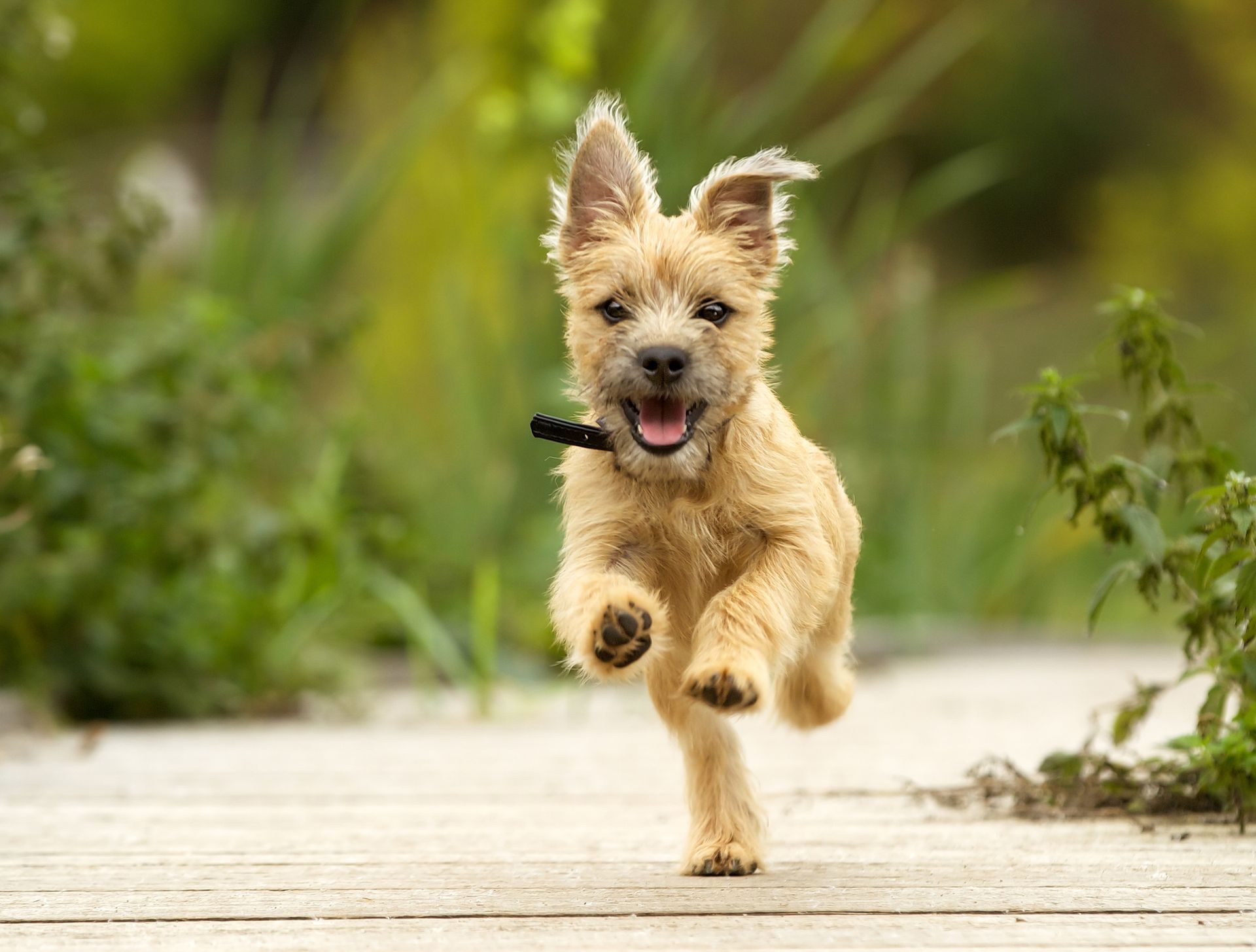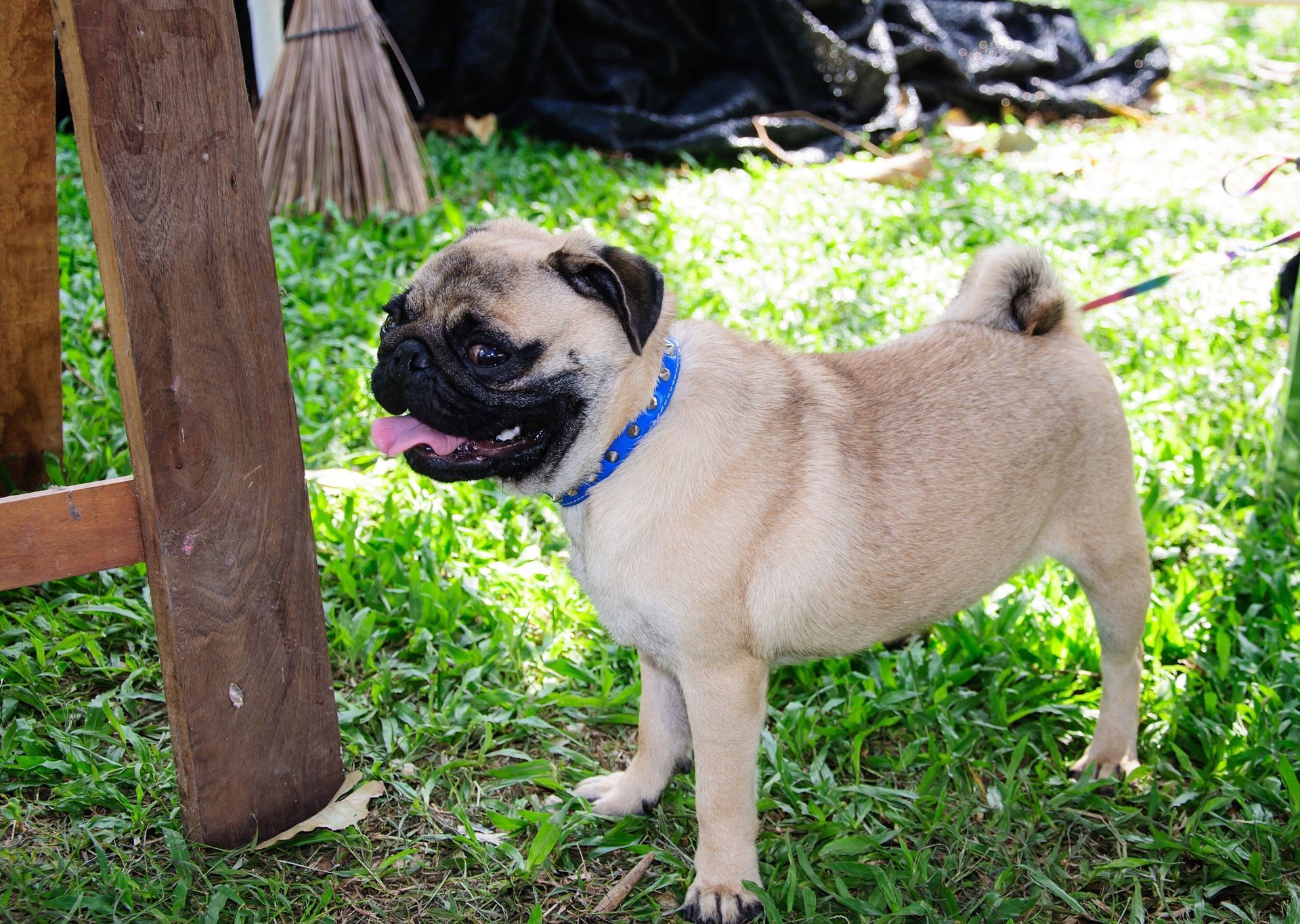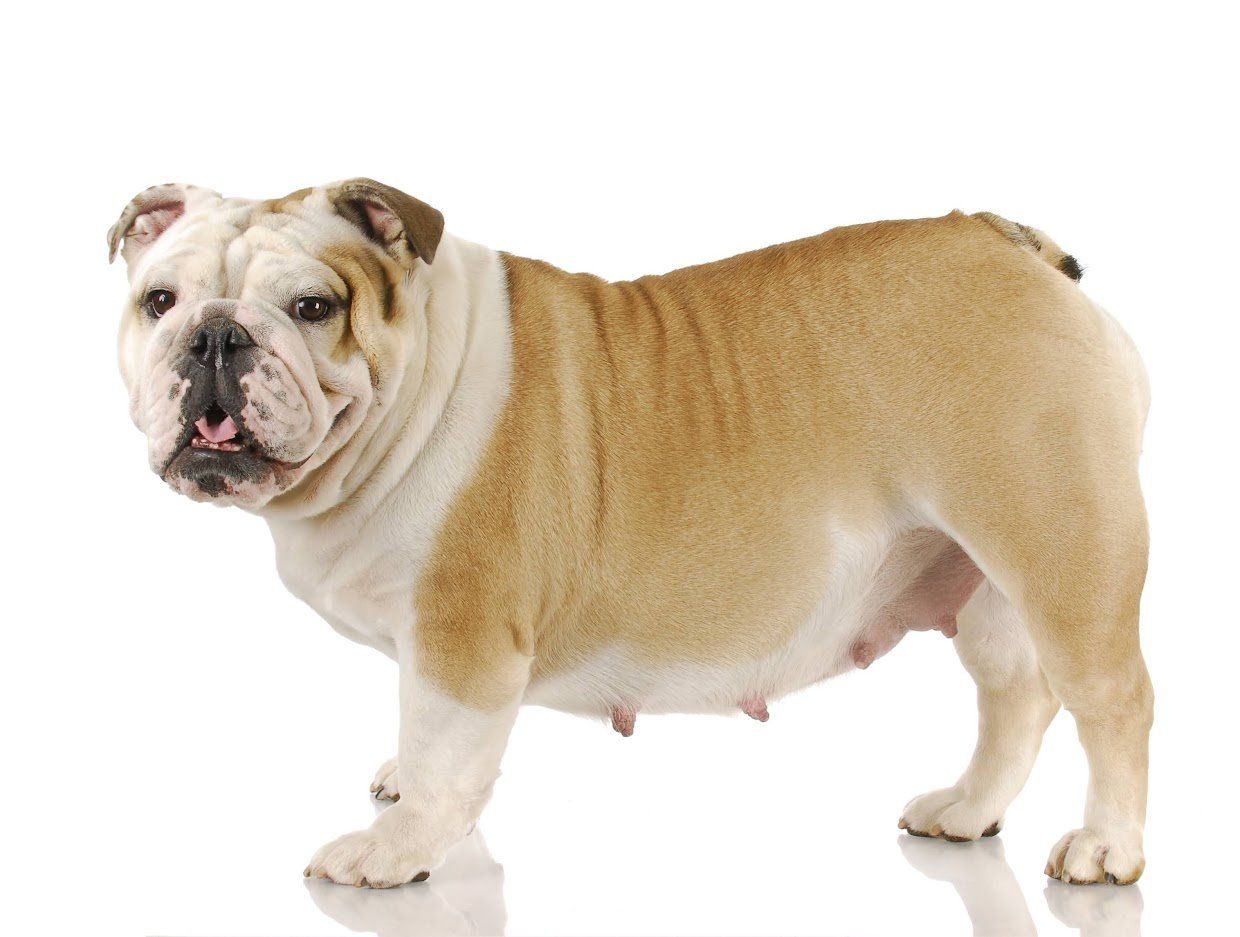5 Common Symptoms of Eye Problems inCats
Your cat's eyes need protecting just as much as your eyes do. But since pets cannot tell their owners when something is wrong, you need to be able to identify your cat's eye problems quickly and safely - especially if your cat has vision troubles. To catch eye problems in your cat, be observant to changes in your pet's behavior, personality, and external appearance.
To help you identify eye difficulties that call for medical attention, look for these five common symptoms.
1. Discharges
A discharge is simply a strange substance leaking out of an orifice - in this case, the eye. Discharges can be subtle, appearing as excess liquid on the fur around your cat's eye or eyes. Or it could have an unusual color and appear thicker. Conjunctivitis , for instance, often manifests as a green, yellow, or red discharge in the affected eye.
In addition, infections from debris, scratches, or foreign objects can cause the eye's defenses to try to remove the problem with a liquid discharge. Have a veterinarian treat suspected infections quickly to prevent permanent damage - including vision loss or disfigurement.
2. Rubbing
When your eye bothers you, you probably rub it to get out the irritation. Your cat can do the same. If your cat starts pawing at their eyes consistently, they may have something in them. Even if the item isn't visible, rubbing on the eyes can be a sign that the cat can't see well or that an infection is inside the eye structure.
3. Pain
Cats are good at hiding their troubles, especially pain. So you cat might indicate its pain by somewhat unrelated personality changes. If your cat becomes moody and starts to bite or scratch when you touch (or even come near) some areas, those areas may be in pain. Changes in pupil dilation - inappropriate dilation or uneven dilation - are symptoms of pain in cats and could also be symptoms of eye trouble.
Other pain indicators may be more generalized, but they show that the cat is having physical trouble. Lethargy, a reluctance to jumping, and a lack of energy could show distress, as well as decreased appetite, obsessive grooming of an area, or changes in walking or sitting habits.
4. Cloudiness
As with humans, cats can develop cloudy lenses caused by glaucoma or cataracts, especially as they age. These cloudy lenses obscure vision.
Cataracts may gradually develop as a milky film over your cat's eyes. The veterinarian can do a simple eye exam to determine if the cat does indeed have cataracts or if the cloudiness is simply a part of aging. Cataract surgery may be necessary, but it cures the condition for good.
5. Impairment
Since animals can't tell you when they have trouble seeing, keep an eye out for signs of distress. These signs often include bumping into furniture, walls, or debris left on the floor.
If your cat is easily startled by things that should be in their field of vision, they may not be able to see them well. And if they are hesitant to move easily about their normal living area, they may have serious eye problems.
Think about how you would act if you couldn't see your home well. Would you be vocal about your problem, asking for help or complaining about the challenges? Then your cat may also vocalize more. Unusual or persistent meowing could be an indication that the cat is seeking help when they're lost.
If you notice strange new behavior in your cat toward their eyes or if something seems off about their eyes' appearance, consult with your veterinarian right away. At Baywood Animal Hospital , we have been helping protect the health and quality of life for Florida pets and their owners for more than 20 years. We can help your pet, too.


